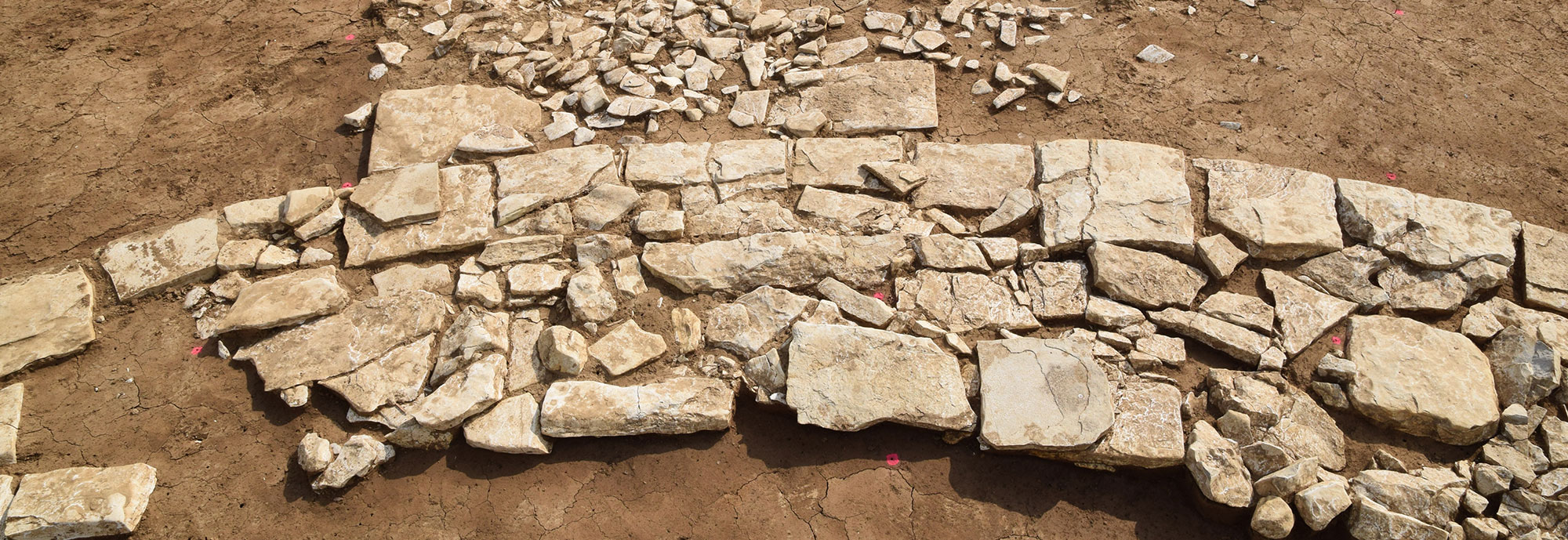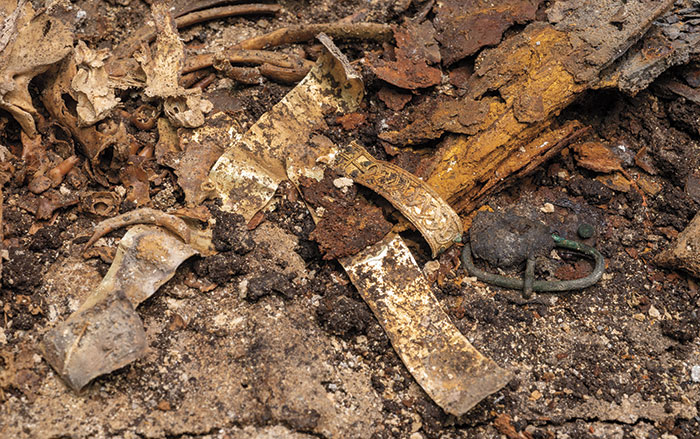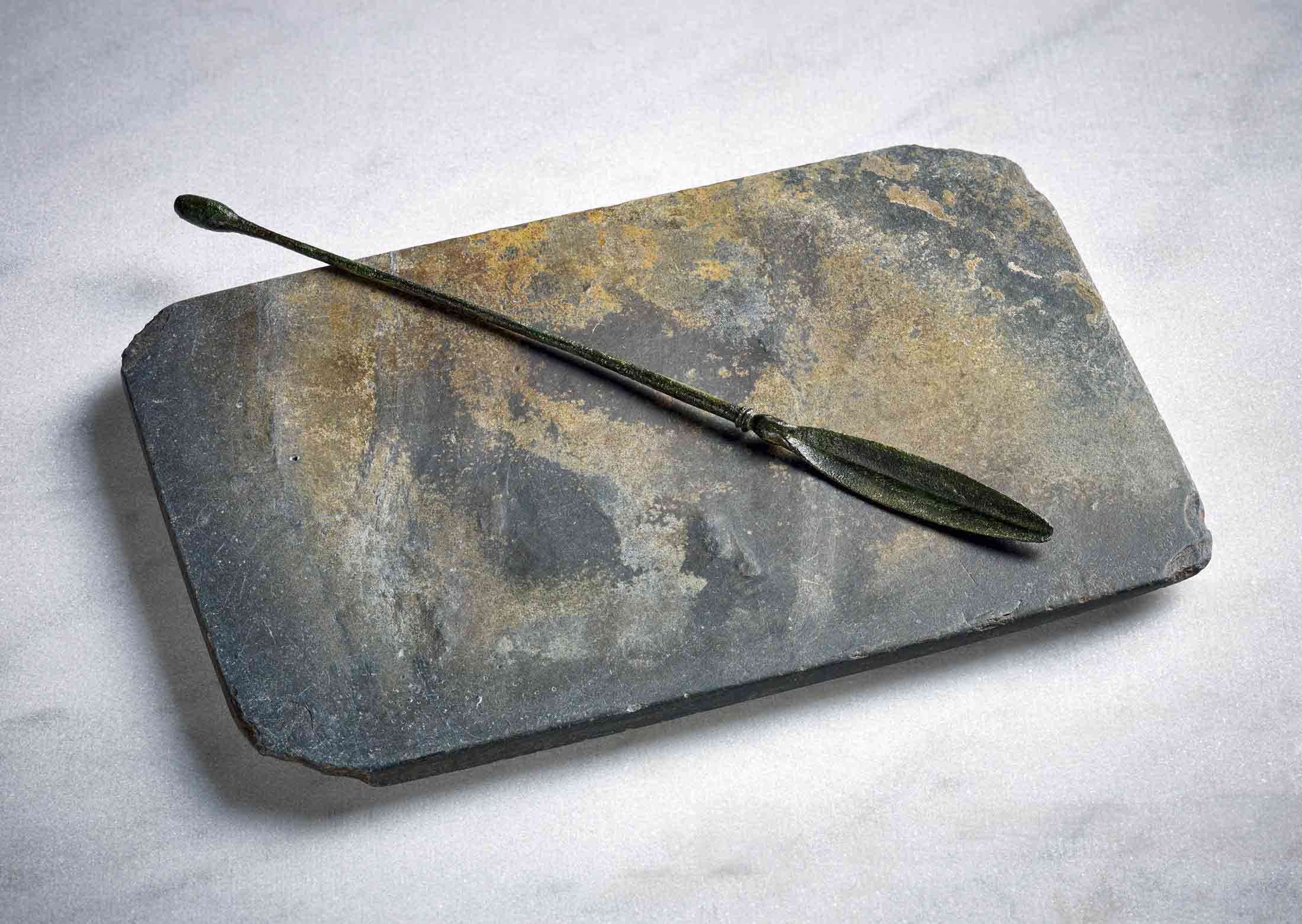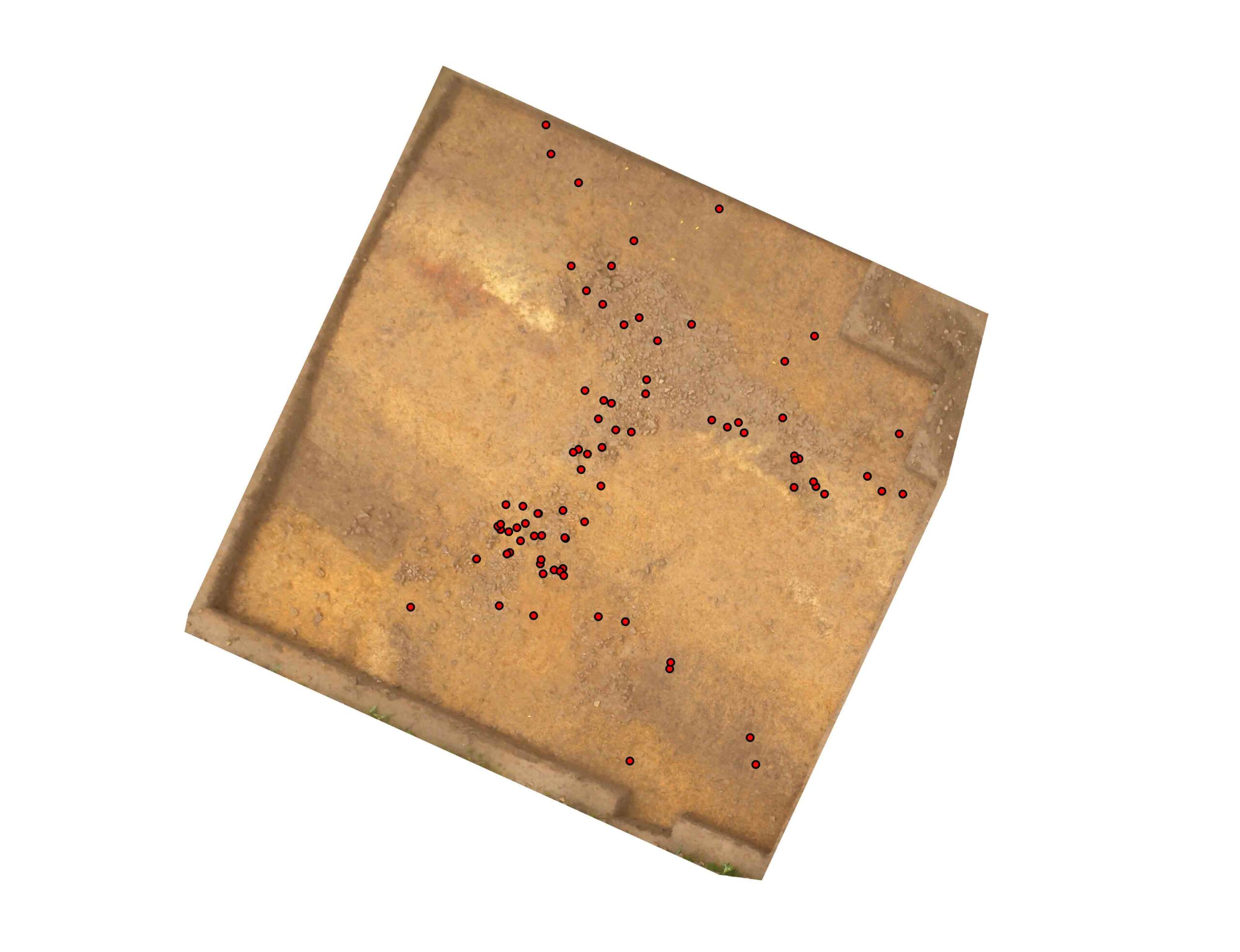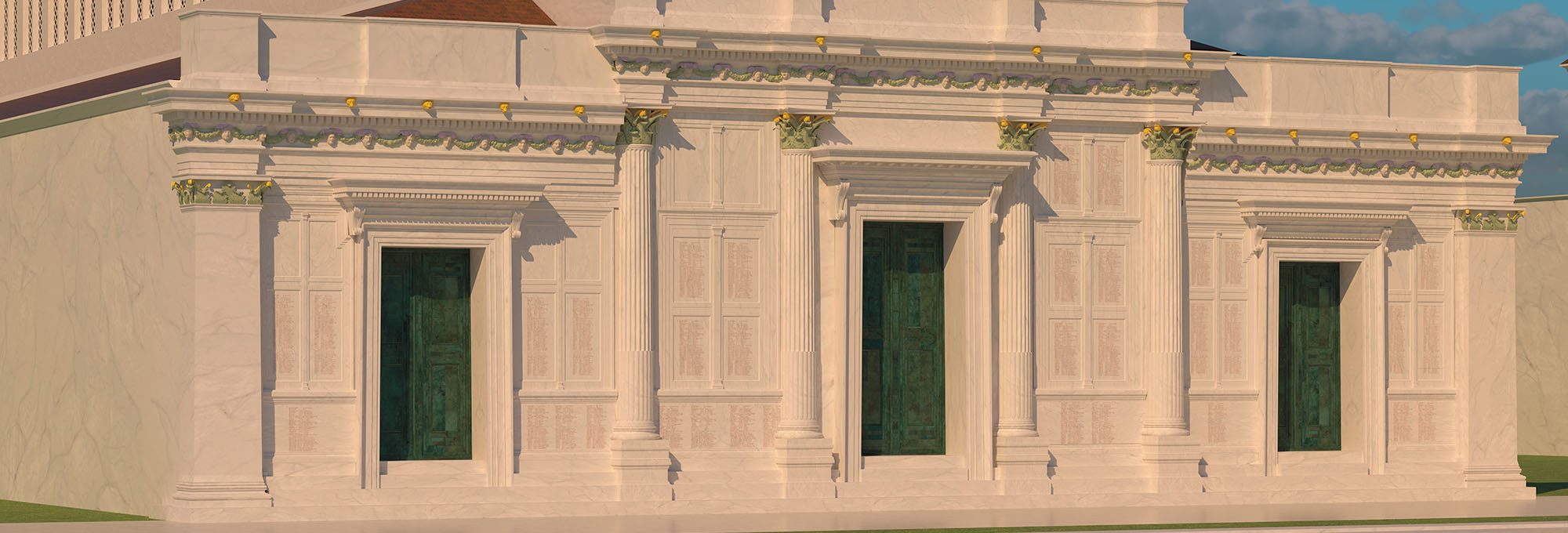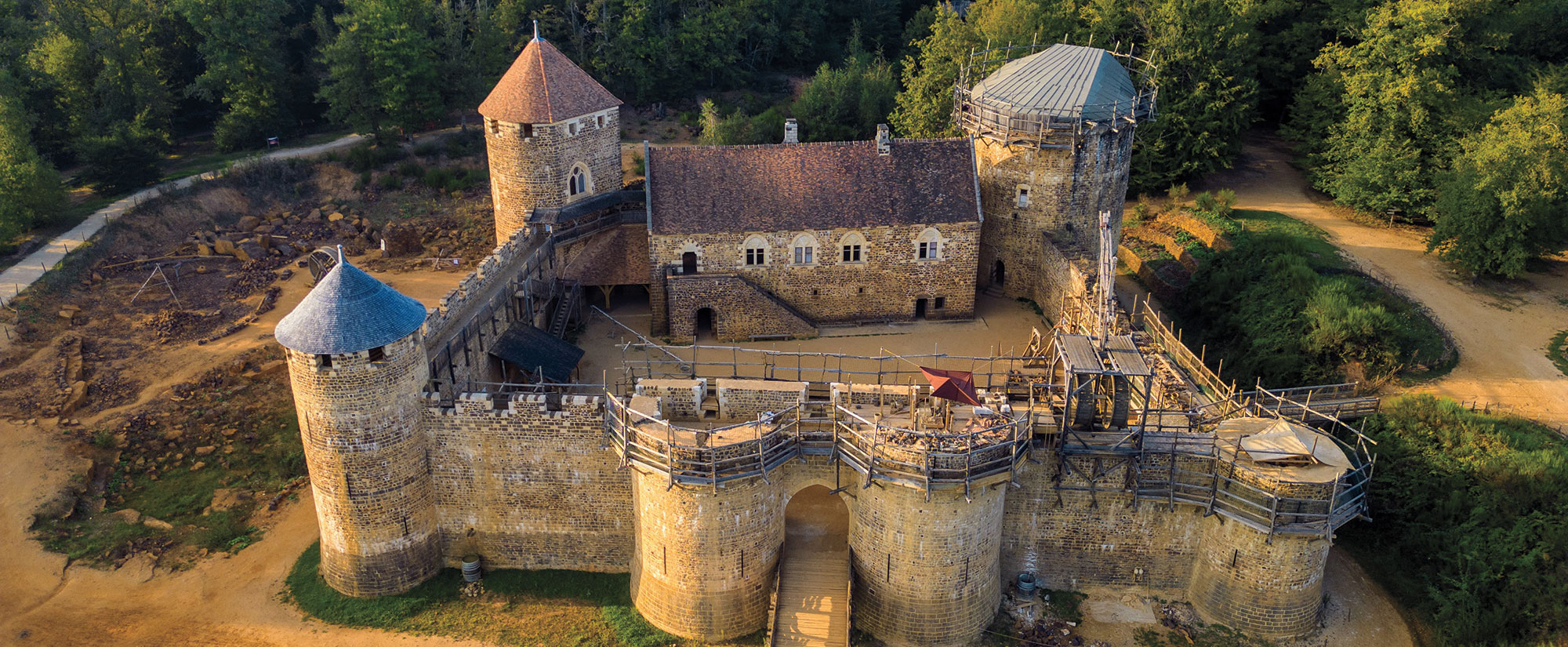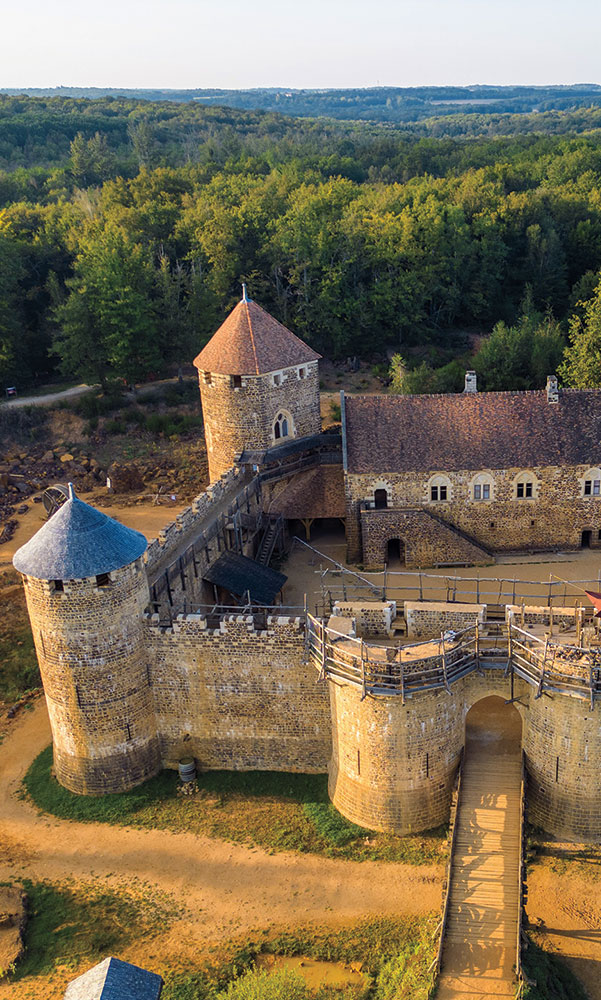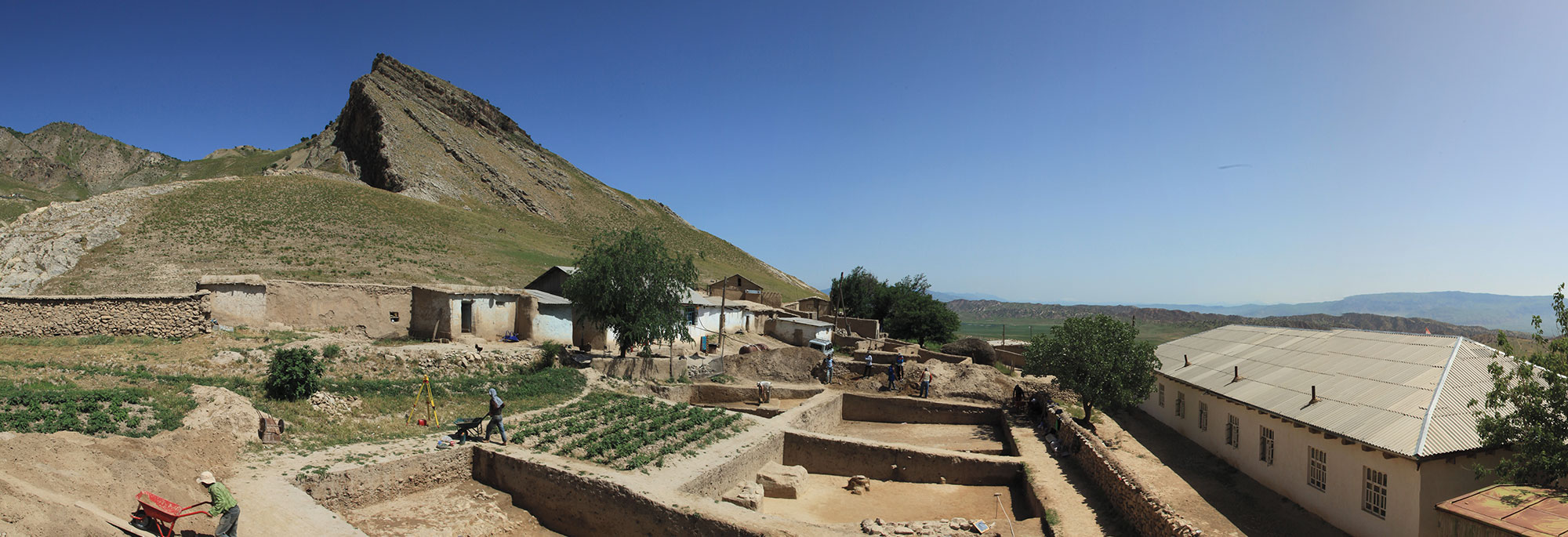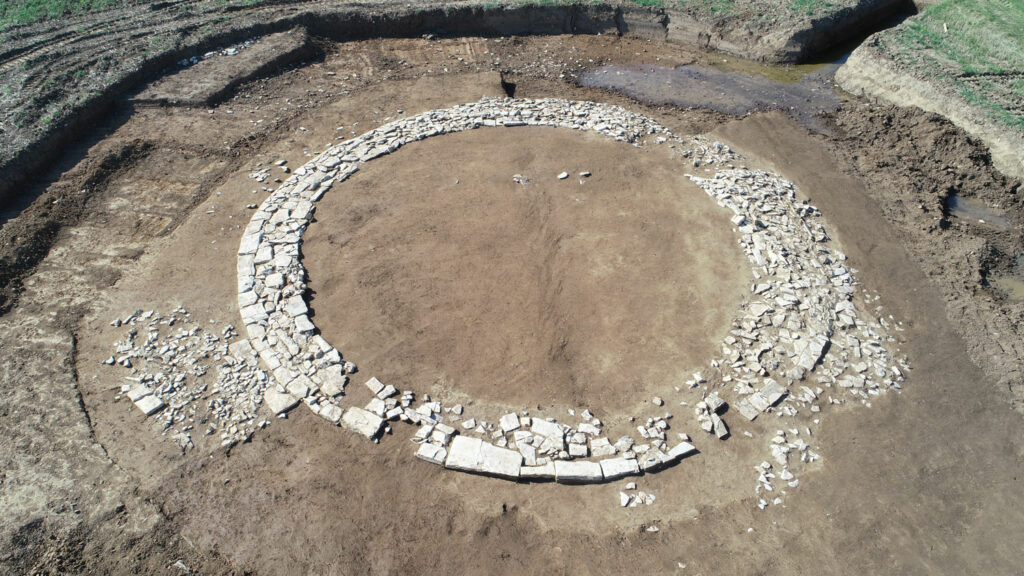
WOLKERTSHOFEN, GERMANY—The possible foundation of a monumental Roman tomb has been unearthed in southern Germany, in what was once the Roman province of Raetia, according to a La Brújula Verde report. Situated next to a Roman road, the circular structure measures about 40 feet in diameter and would have supported an earthen mound, or tumulus, surrounded by a retaining wall. A square base that may have supported a stele or a statue was uncovered on its southern side. No human remains or grave goods have been discovered within the circle, however, suggesting that it may have been an empty tomb, or cenotaph, that had been built in honor of a person buried at another location. To read about a medieval child's tomb that was recently found beneath the ruins of a Roman villa in Bavaria, go to "Good Night, Sweet Prince."


